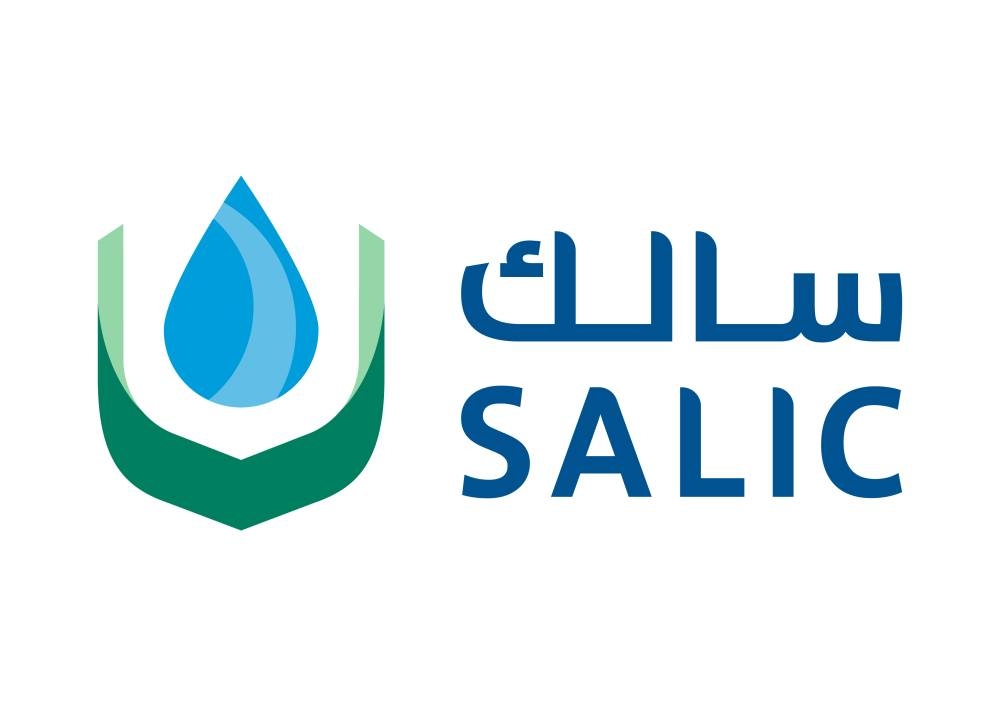SALIC, one of the Public Investment Fund’s companies, has reaffirmed its pivotal role as a national investor driving transformation in the food and agriculture sector. Through strategic investments, it supports food sustainability, diversifies supply sources, and contributes to building an integrated food system that connects the Kingdom with global markets.
Since its establishment in 2009, SALIC has adopted a long-term investment approach, owning 13 investments spread across 7 countries and 5 continents worldwide.
The company focuses on high-quality investments in markets with competitive advantages, empowering national capabilities, and building strategic partnerships to impact the food security ecosystem. This contributes to enhancing production efficiency and achieving integration across various stages of the food value chain.
SALIC’s vision is that investment in the food and agriculture sector is not just an economic activity but a strategic pillar for achieving supply sustainability and strengthening local market resilience. This supports the Kingdom’s aspirations for a diversified and food-secure economy. The company has access to over 20 million tons of strategic commodities globally through its international investments, enhancing its flexibility and responsiveness to emergencies.
Over the past six years, SALIC has continued to achieve financial milestones, with managed assets growing fivefold to exceed 27 billion Saudi Riyals and a profit growth rate of 33%. This rapid growth reflects the success of SALIC’s strategy in building an effective and diversified investment portfolio in the food and agriculture sector, balancing economic returns with food security enhancement.
In conclusion, SALIC continues to build renewable investment value and solidify its role as a key driver in the food and agriculture sector. Its strategic direction enhances the Kingdom’s readiness to overcome future challenges and achieve its developmental aspirations, supported by a diverse investment portfolio covering strategic commodities and multiple geographic regions.






